Have you ever seen weaving sticks?
They are a set of wooden sticks that are smooth and have a hole at one end. They are also usually tapered at the opposite end of the hole to make it easier to slide the weft yarn on.
The hole at the bottom is where you place your “core” yarn (essentially your warp). You only need to use two sticks at a time to start weaving, but adding more doesn’t require extra skills, just the ability to hold more at a time!
Why should you use weavings sticks?
As a weaver who often weaves tapestry and large scale woven projects, these aren’t initially something that I would pick up or seek out.
That being said I found them entertaining to sit back with and not think too hard about. Sometimes that is what you want. The rhythmic motion of the stick weaving made it ideal for when I wanted to be doing something with my hands but had no ideas in mind.
Initially, I would have recommended them mostly for someone just getting started or as an introduction to weaving for kids. They are simple to work with and the motion needed becomes muscle memory rather quick. While I still believe this is a great option for those people, after further playing and thinking I believe that they can go beyond that if you want them to!
A little further down I will give you some project ideas that could make these a worthwhile tool in any weaver’s studio.
How do you use weaving sticks?
To start off you will want to attach your warp yarn to the sticks. Measure out double the length that you want your weaving to be. Pull your warp through the hole making sure it is doubled over. Do this for every stick you are weaving with. Tie an overhand knot with all the warp yarns at their ends to keep them together.
Next, you will need to create a slip knot.
A slip knot can be created by making a loop with your weft yarn and pulling the longer end of the yarn through the loop. (pictured below)
Tighten this around one of your weaving sticks on either end.
Start moving your weft yarn over and under your sticks just like it would behave around your warp on a traditional weaving. Once you get to the last stick – turn around and weave back! Keep doing this as you work your way up to the top of the sticks. Once near the top you can start sliding your weft off of the sticks and onto the warp yarn. You may have to inch it down in small increments.
Make sure to leave an inch or two of the weft on the sticks if you plan to continue weaving. This will make it easier to keep going because it keeps the sticks in place.
If you are having trouble working around the sticks then try to separate them a bit with your holding hand.
Weaving Project Ideas
Even with the thinner weaving sticks, the gauge of yarn that you will need to be on the thicker side. If you use a core yarn that is too thin then your resulting weaving will be very loose. Overall, using thicker yarns for warp and weft will result in a better-looking final product.
Most weaving stick kits will come with 6 sticks for you to use. While this may seem to limit the size of weaving you can create, you can actually combine multiple panels together to create a larger weaving. This would also make it really simple to make vertical stripes of color without having to worry about connecting your weft during weaving. Just weave up different colored panels and connect them later!
One of the projects that I think would best suit the chunky style that is created by stick weaving is to make a rug! You can either make a bunch of panels and attach them together as described above to create a traditional rectangular rug or you can coil your strips to make a rounded rug. If making a rounded rug you would use the same method discussed below to attach the strip to itself as it coils around.
You can also use fabric screen printing ink to add some extra flair to your woven rugs! Even simple polka dots can be a great addition to your rug. Just find something round to use as a stencil – in this case I used a roll of tape.
Some other ideas for your stick weaving would be to create a bag strap, guitar strap, or headband! Really anything that you would want to weave as a long flat strip could be a good option for this weaving method.
Connecting woven panels
To connect your woven strips: depending on the intended life you have for your weaving will determine what you will need to connect multiple pieces together.
If your weaving will be a normally un-handled wall hanging and it isn’t too heavy then you should be able to get away with using grey thread to combine your panels.
If your weaving will be handled a lot (or stepped on if it is a rug) then I recommend a heavier duty yarn to attach them together. In this case, you will want to be extra careful about making sure that it doesn’t show through to the front of the weaving. I used the same yarn to attach the panels that I did for the rest of the weaving.
The first option is to double over your yarn to create a giant loop. Attach your thread to your weaving by pushing a part your weft yarns a little bit at one end of your weaving. Your goal here is to temporarily expose the warp yarn. Bring your needle around your warp and through the loop of your thread. Tighten this up and move your weft yarn back over the warp and your thread to cover it up.
You could also use a single thread of yarn and tie it to your exposed warp yarn. This only works if your weaving is chunky enough to hide the knot created.
Move back and forth from warp yarn to warp yarn between your two panels as you zig-zag down the length of them – grabbing the warp and covering it back up as you go.
When you get to the end tie it off to one of the warp yarns. Do this again for every panel you need to attach.
Weaving stick tip: If you are having trouble towards the beginning because your sticks are moving around too much then try moving your weft closer to the middle of the sticks until you have more on them. It is easiest to use weaving sticks when they stay still and they stay in the same place more when there is weft further up.
Weaving sticks are a great portable option that you can take pretty much anywhere. Since they allow you to weave long projects without the use of a large loom – they should have a place in any weaver’s basket if they want to weave on the go.
⇣ Love It? Share It! ⇣
You May Also Like




















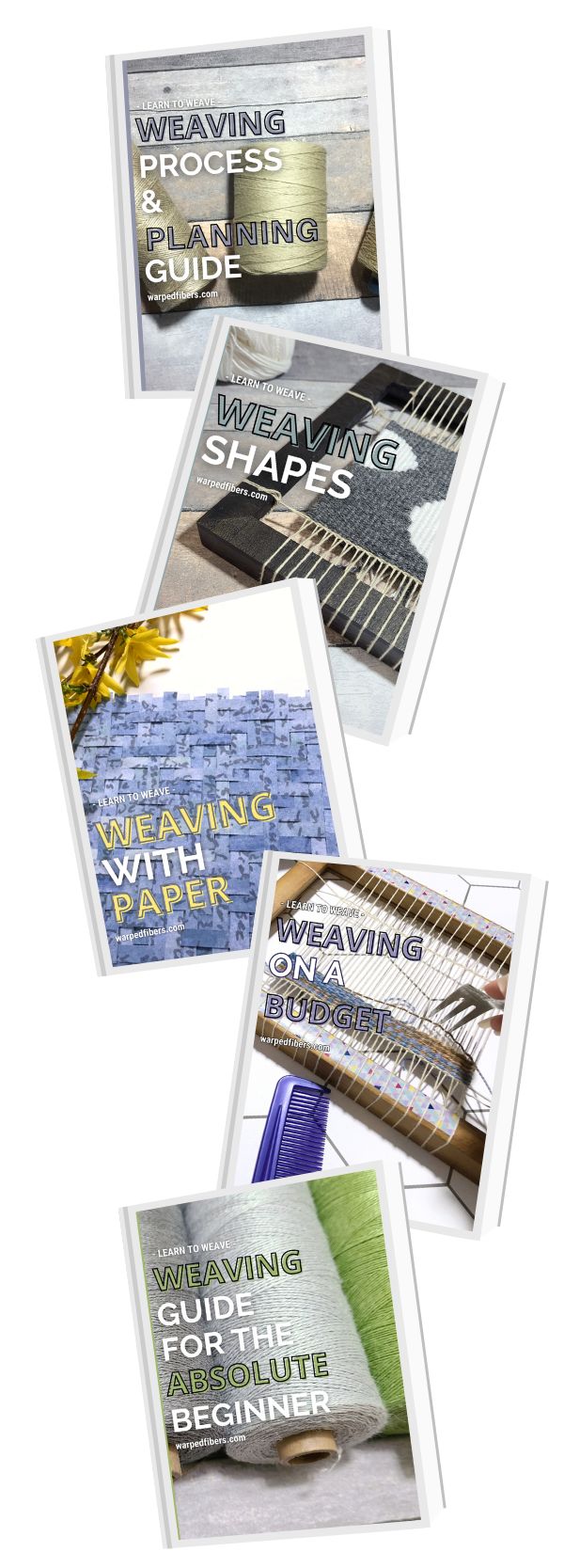
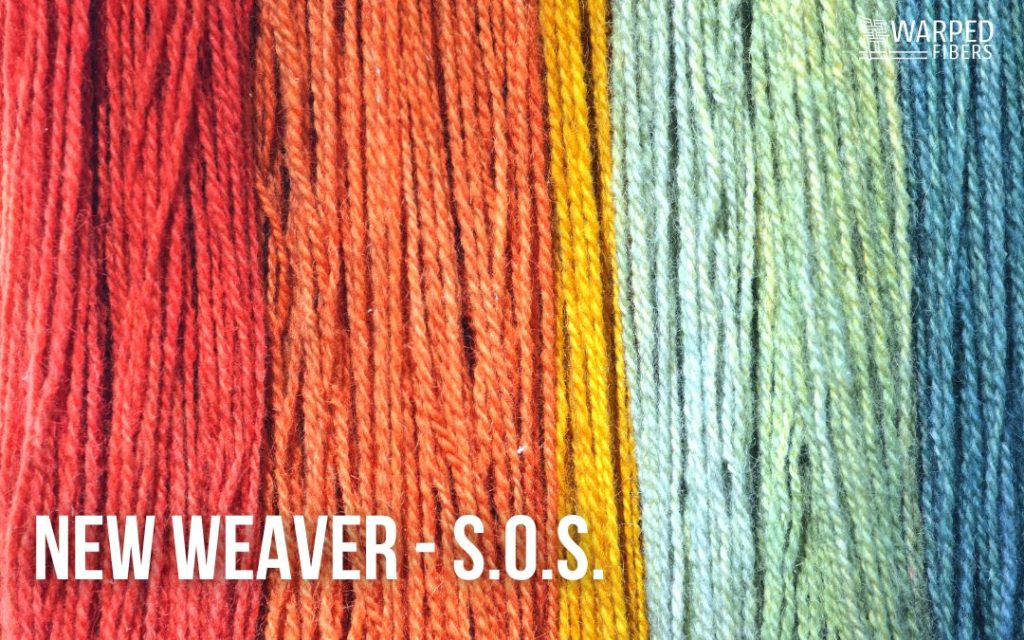

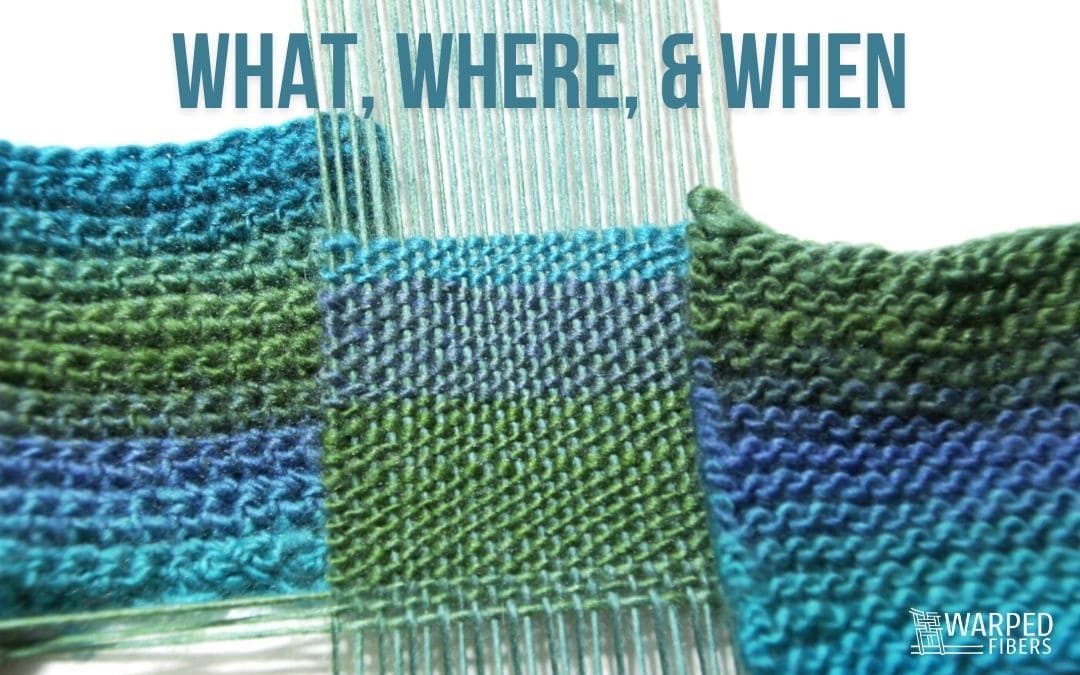

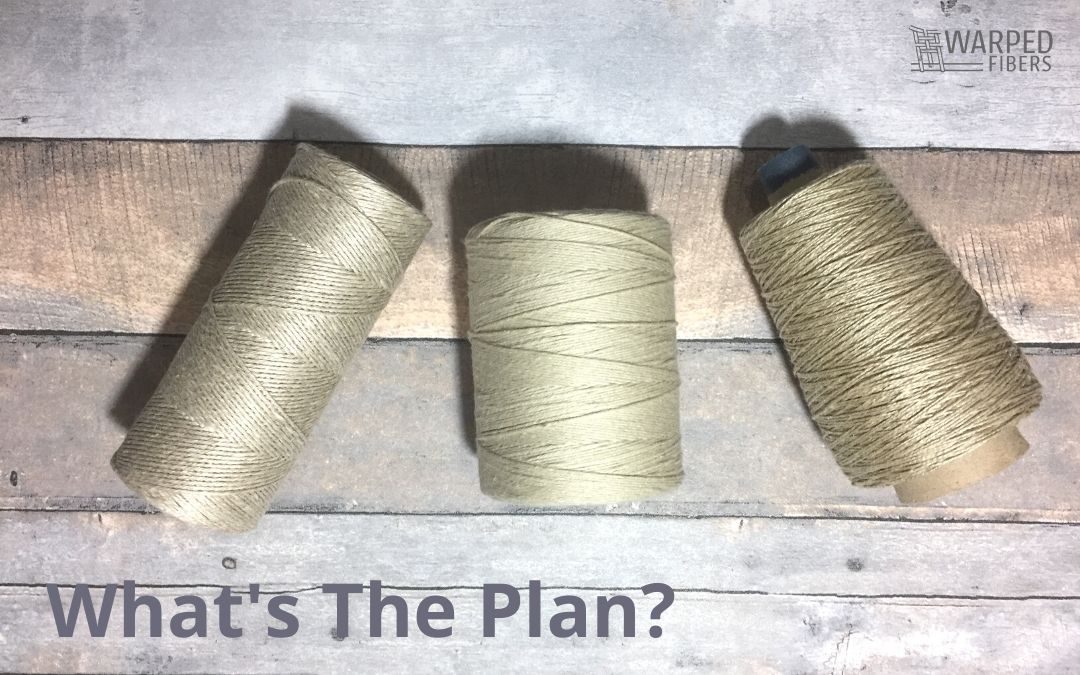

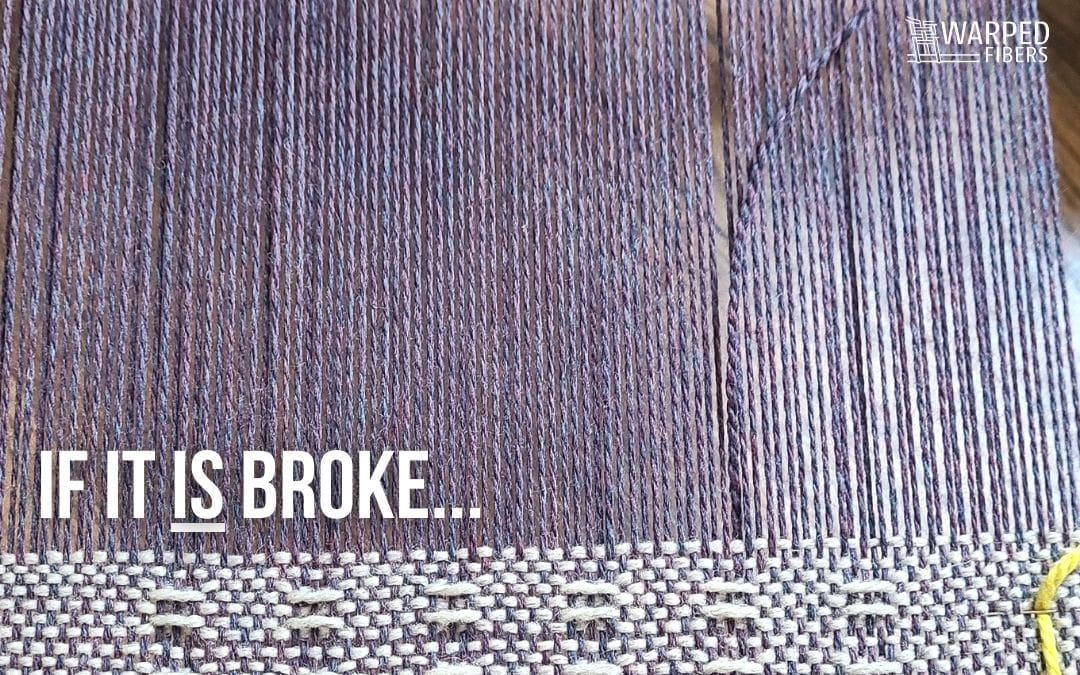

The simplicity of this method attracts me. Might strips woven this way be assembled into a cardigan sweater or hoodie? That’s where my inexperience is limiting my imagination here. I just can’t quite picture how to go about doing it. Any suggestions welcome.
I’ve never done anything quite that extensive, but I don’t see why not! With weaving in general, you are just creating fabric. So you would be making fabric to then cut it for your pattern to create whatever you want!
Great post! Thanks for sharing. I am not a weaver. Yet. 😉 I want to make rugs with repurposed fabrics. Do you think weaving sticks would work with fabric strips? I figure tshirt yarn would be too stretchy so I probably would use bed sheets, scrap fabrics. I realize it would take many panels to make a rug. Any thoughts and tips would be greatly appreciated. Thank you !
Hmmm, I think the biggest issue will be having to start and stop more often because the strips will probably be shorter than any yarn you would use. You can always weave in the ends, though. I say give it a try! I think that could turn out really nice and the weaving sticks are a great, inexpensive way to make it happen. Good luck!
Never heard of these before! Thank you for this informative post. 🙂
You’re welcome! Glad you found it useful ❤️
So interesting!!
Thank you!